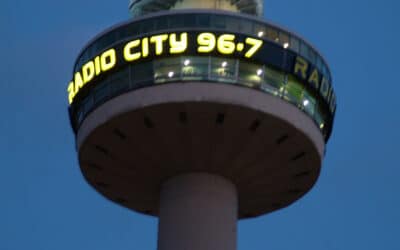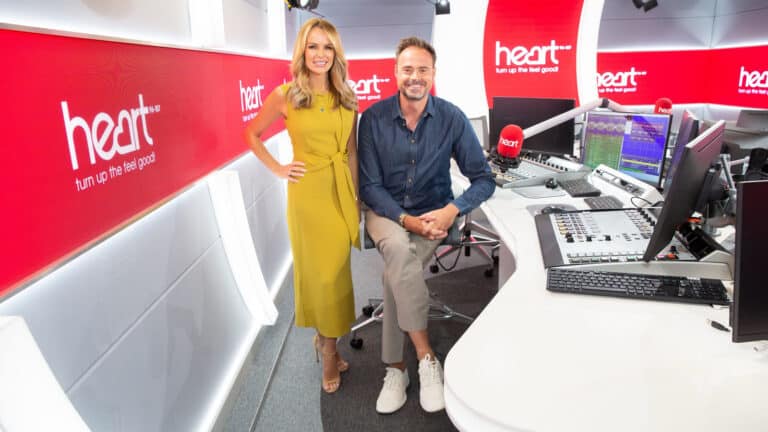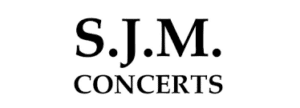The Q4 2024 RAJARs out, and it was a fruitful reporting period for Global – the final set of figures before the media giant’s Nations Strategy kicks in later this month – with new national schedules set to replace much local content.
The home of radio giants such as Capital, Smooth and Heart posted a sixth quarter of consecutive growth, and hit a record RAJAR reach with more than 29.2m weekly listeners. The three aforementioned brands were also the nation’s top commercial stations in terms of audience reach.

Whether Global can keep up the never-ending growth once it moves over to the new schedules (news, travel and weather will continue to be delivered from global’s regional newsrooms) remains to be seen, but the broadcaster had plenty to shout about in the meantime.
READ MORE: Global confirms new national radio schedules following reported plans to drop local and regional programming
Heart beat all previous records reaching 13.3m weekly listeners, 15.4% year-on-year growth, and also boasts UK commercial radio’s most popular breakfast show thanks to Jamie Theakston and Amanda Holden, whose 4m+ listeners are breathing down Radio One’s neck with only about 50k weekly listeners separating the two.
Heart was joined by all-time high audiences for stablemates Smooth (7.8m) and Radio X too, with 2.4m tuning into the alternative/indie niche brand – a seventh record-breaking quarter that even shades the parent’s six consecutive quarters of growth.
The Capital brand, meanwhile, celebrated 9.7m listeners, boosted by 440,000 for offshoot Capital Anthems in its first three months, and a new record for Capital Dance at 1.2m listeners.
Ashley Tabor-King CBE, founder & executive president of Global, said: “To have a sixth consecutive quarter of growth is frankly incredible and not something we would ever take for granted. Radio really is at the heart of so many people’s lives every day – in the home and on the move.
“Smart speakers have made it easy to access our content, and investment in entertainment apps like our own Global Player means people can reach a whole new world of digital content from our brands. The fact that so many people choose to be with our brands, which are truly thriving, with Heart, Smooth and Radio X all delivering record-breaking numbers, is an enormous privilege. Thank you to all the Globallers who work across our radio stations – you are a very special group of people, truly the best in the business.”
Overall, Global’s 29.2m weekly listeners make it the number one commercial radio company in the UK, with a 26.9% share.
Bauer Media Audio
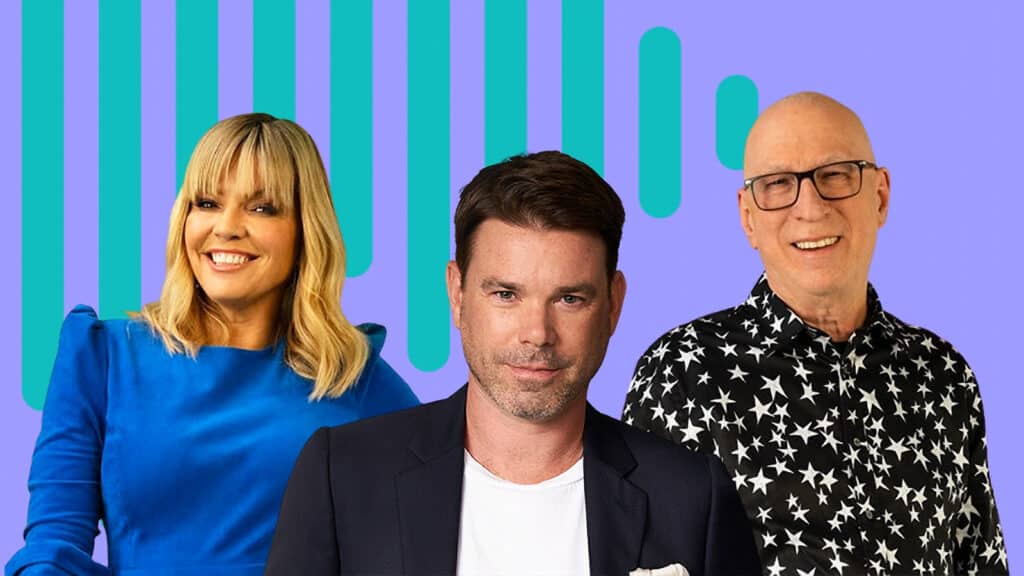
There was growth for the other big national commercial player too. Bauer Media Audio UK ticked up as a group by 0.7% YoY, to 23.4m weekly listeners.
Standout performances for the quarter included Hits Radio and Greatest Hits Radio which, as the combined Hits Radio Portfolio, now reach a record 13.3m listeners (+10.6% YoY) and 15.4m (+9.3% YoY) when partner stations are included, making the Hits/Greatest Hits powerhouse the most popular commercial network in the country by some metrics.
Hits undoubtedly boasts some of the most popular hosts in national radio, commercial or otherwise. Ken Bruce leads the pack with 4m listeners, while Simon Mayo continues to host the #1 commercial drive time show (2.8m). Rossie at Breakfast reached over 3m listeners in the Q4 figures for the first time, while Kate Thornton is the most listened to solo female presenter anywhere on commercial radio in the UK.
The Absolute Radio Network achieved a reach of 5.6M listeners (+6.1% YoY), with Absolute Radio Country achieving a record 610k weekly listeners (+49.9% YoY) and Absolute Radio 90s a new high of 1m (+8.6% YoY). The Dave Berry Breakfast Show reached a record audience of 2.4m (+5.3% YoY) and the Hometime Show with Bush & Richie a record 2.2m listeners (+6.9% YoY).
The Magic Radio Network reached 3.5m, ahead of a new talent line-up including Gok Wan, Gaby Roslin, Nicki Chapman and Mel Giedroyc, while The KISS Network has 3.8m listeners and KISSTORY remains the no.1 digital only commercial station. New stations KISS Dance and KISSTORY R&B debuted with 720k listeners and 530k listeners respectively.
Bauer did particularly with those listening via connected devices including smart speakers, web and app, who made up a third of listeners, with a further 54% listening on DAB. Bauer is also home to three of the top five digital commercial stations: #1 KISSTORY, #2 Absolute Radio, and #4 Absolute 80s.
Simon Myciunka, CEO for Bauer Media Audio UK said: “These results demonstrate the strength of our brands, the hard work of our teams and the connection we have with audiences across the UK. The continued growth of our networks, including Hits Radio and Greatest Hits Radio shows that our content resonates with listeners. We remain laser focused on evolving our offer and providing high-quality audio experiences for both our audiences and commercial partners.”
BBC
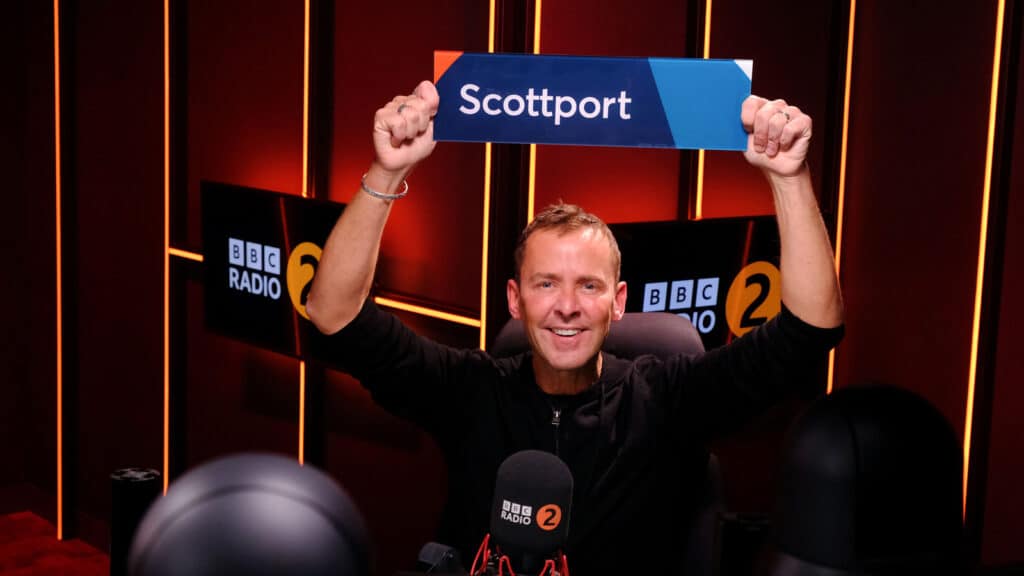
Global isn’t the only broadcaster grappling with the local/regional/national debate. The BBC’s dramatic changes to local radio services as it seeks to transition to a digital future have been well-documented over the last couple of years, but how is that translating to listeners?
On the national breakfast show front, the Beeb remains almost untouchable, with Radio 2, 4 and 1 occupying the top three slots nationally. Heart’s Theakston and Holden may be gaining ground on Radio 1’s show, currently hosted by Greg James, with both clocking in at just over 4m but there’s some way to go to catch Radio 2, now hosted by Scott Mills but ruled with an iron fist by Zoe Ball during the latest RAJAR reporting period, with over 6.8m listeners, around a 5% YoY growth. There’s plenty of daylight before Radio 4’s Today Show too, its 5.7m listeners a marginal increase YoY.
Elsewhere in the schedules, there was a bit of a mixed bag for the BBC but things were generally solid. Salford-bound Radio 3 enjoyed an impressive 10% YoY spike, and there was an even bigger 13% spike for urban channel 1Xtra. Radio 4, on the other hand had a small 0.8% drop in listeners while no one should be losing any sleep over Salford-based 5 Sports Extra’s 23.2% nosedive given the lack of any major sporting events requiring its use in Q4 – big brother 5 Live managed 1.9% YoY growth.
Overall, the BBC’s channels averaged 1.3% growth YoY.
Intriguingly, despite the well-publicised changes to local radio, these channels actually almost doubled the average BBC growth rate at 2.4% YoY.
A BBC spokesperson said: “The latest RAJAR figures are very positive, showing that around 4.9 million people a week are tuning into their local radio stations. This highlights the important role BBC Local Radio continues to play in communities across the country.
“Our goal remains to deliver first-class BBC Local services across TV, radio, and online. Collectively, these platforms reach over 20 million people every week, alongside record downloads on BBC Sounds. We are committed to modernising and evolving our local platforms to ensure they provide the best possible value for our audiences.”



